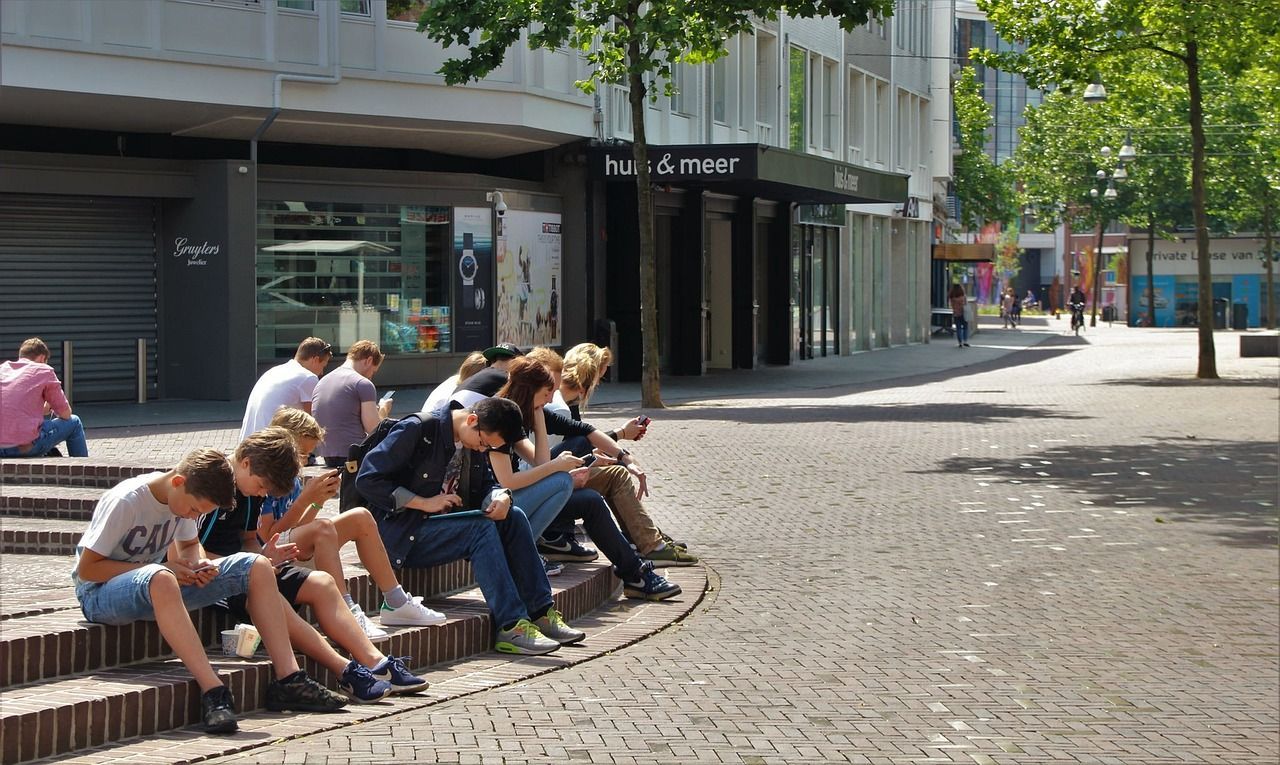Empowering Community Champions: Strengthening Connections for Youth in Care
Social isolation is one of the most pressing challenges facing youth and young adults in domiciliary care. While care routines address physical and practical needs, the deeper emotional and social needs often go unmet. This is where the concept of community champions becomes transformative. Empowering individuals within a care environment to actively reduce isolation can create a ripple effect that strengthens connections and fosters a sense of belonging.
Community champions are individuals—staff, volunteers, or even young adults themselves—who take proactive steps to engage those at risk of isolation. They are the bridge-builders, the connectors, the people who notice when someone is withdrawn and take intentional action to involve them. Leaders in the care sector can harness this approach to extend the reach of their engagement strategies and ensure no one falls through the cracks.
The first step in empowering community champions is identifying the right individuals. These are often people who naturally demonstrate empathy, patience, and social awareness. However, leadership can also cultivate these traits through training and support, showing team members how to observe, listen, and respond in ways that foster genuine connection. Champions are not only monitors of wellbeing; they are active participants in creating environments where young adults feel safe, valued, and included.
Once identified, community champions require guidance and tools to operate effectively. Leaders can provide frameworks for engagement, such as structured check-ins, social activities, or peer mentoring initiatives. But it’s equally important to allow flexibility—champions need the autonomy to respond to situations authentically and creatively. Overly rigid rules risk stifling the very empathy and initiative that make these roles impactful.
Empowering community champions also involves creating a culture where taking initiative is celebrated. Recognition is key: acknowledging those who step up to support isolated youth reinforces positive behaviour and motivates others to engage. When staff see that their efforts make a real difference and are valued by leadership, they are more likely to sustain their involvement and inspire peers.
Youth themselves can also become champions. Many young adults, when given responsibility and guidance, can play a significant role in supporting their peers. Peer-led initiatives—such as buddy programs, group activities, or shared online spaces—allow youth to use their lived experiences to connect with others in meaningful ways. This approach not only reduces isolation but builds leadership skills, confidence, and empathy among young people themselves.
Leaders must also ensure that champions are supported and not overburdened. Engaging with social isolation can be emotionally demanding, and burnout is a risk if staff or youth are left without guidance or support. Structured supervision, reflective practice, and access to resources help champions maintain their effectiveness while safeguarding their wellbeing. A supported champion is a sustainable champion.
Practical strategies can amplify the impact of community champions. For example, regular team huddles or briefings can identify young adults at risk of isolation and assign appropriate support. Champions can then coordinate personalised engagement plans, track progress, and feedback insights to leadership. By formalising this process while maintaining flexibility, care teams ensure that no one is overlooked and that engagement efforts are consistent and effective.
Another critical component is inclusivity. Champions should be aware of the diverse needs of young people, including cultural, social, and neurodiverse differences. Tailoring approaches ensures that engagement is meaningful for every individual, rather than a one-size-fits-all strategy. Leaders can provide training and resources to help champions understand these nuances and implement them in practice.
The ripple effect of empowering community champions extends beyond individual care. A culture of proactive engagement fosters stronger relationships among staff, improves morale, and reinforces a sense of shared purpose. When everyone feels responsible for connection, social isolation is no longer an inevitable outcome but a challenge that can be addressed collectively.
Feedback loops are essential for continuous improvement. Leaders should encourage champions to share insights and experiences, highlighting what works and what needs adjustment. By incorporating feedback from both staff and young adults, engagement strategies remain dynamic and responsive, ensuring that isolation prevention evolves alongside the needs of the community.
Ultimately, empowering community champions is about creating a network of care that extends beyond formal structures. It recognises that reducing social isolation is a shared responsibility, and that small, intentional actions can have profound impacts. For youth and young adults in domiciliary care, this approach provides consistency, connection, and the sense of belonging that is often missing in their lives.
When leaders commit to cultivating community champions, they transform their care environments. Staff and young people alike feel valued, empowered, and connected. Isolation is not simply mitigated; it is replaced with engagement, relationships, and trust. In a sector where human connection is central, community champions serve as the catalysts for a culture that truly cares, where no young adult feels invisible or alone.
In conclusion, community champions are more than roles—they are a mindset. Leaders who identify, empower, and support these individuals create care settings that are proactive, compassionate, and responsive. By doing so, they not only reduce social isolation among youth but build a resilient, engaged, and thriving community that benefits everyone involved. The power of one motivated individual, supported by leadership, can ripple out to touch the lives of many, turning care from a routine into a truly transformative experience.



